Mexico's Purepecha Indigenous group
welcomes the New Year with ancient
'New Fire' ceremony
PHOTO ESSAY
OCUMICHO, Mexico (AP) — Guided by their ancestral lunar calendar, members of Mexico’s Purepecha Indigenous group celebrated their own New Year’s Eve — a little differently than the West’s traditional New Year.
The Purepechas, who live in the western state of Michoacán, preserve the pre-Hispanic belief in the “New Fire” ceremony, a version of which was also practiced by their ancient rivals to the east, the Aztecs.
Because the Purepechas' lunar calendar of 18 months leaves an orphan day that belongs to no month, that day — which this year fell on Thursday — is viewed as a time for both mourning and renewal. That is when a symbolic fire is extinguished. In past generations, no fire was allowed on that day and meals were eaten cold, although the prevalence of gas and electric burners has made that obsolete.
Then at midnight, a new fire is lit and not allowed to go out until the new year.
That ancient ceremony was carried on this week by Antonio Tinoco, 35, who served as the guardian of last year’s New Fire.
For a year, Tinoco tended the symbolic flame in Erongarícuaro, a village on the shore of Pátzcuaro Lake. “You care for it like a child, and you feed it,” he said.
“It is both sad and happy at the same time,” Tinoco said of Thursday's ceremony in which his old flame was celebrated and then extinguished; a new one was lit in its ashes and will be handed on to a new guardian in another town.
“We are closing a cycle. Last year we lit a flame, and yesterday we handed it over, and putting it out signified the end of this cycle, and today a new cycle begins,” Tinoco said.
Each year the guardianship of the fire is passed to a different town, so Tinoco physically carried a portion of last year's fire in a small brazier during a three-day walk over mountain trails to the town of Ocumicho, 50 miles (80 kilometers) to the west.
The metal brazier is suspended on poles between four men. It can be a taxing and risky task.
“It can be tricky, like children are,” Tinoco said. “If you are not careful, it can burn you. Yesterday I felt like it was burning my shirt, so I said to myself ‘it seems like it’s hungry,' so I fed it and it calmed down.”
Ocumicho is where the New Fire ceremony is being held this year. There, a new guardian will be selected to tend it and pass it on Friday.
But first, on Wednesday night, the old fire was celebrated and then extinguished. The women of Ocumicho ascended a small pyramid made of adobe bricks and poured copal incense on the old fire, before it was extinguished.
That spot is where the new fire was finally lit again around midnight.
The ceremony is part of an effort to preserve ancestral customs among the Purépecha, many of whom have to migrate to the United States to earn a living. Many of them have also spent years fighting against mining and illegal logging that target the pine and fir forests of the mountainous region where they live.
Loggers often clear cut trees to plant avocados, a highly lucrative export crop in Michoacán.
Though he acknowledges that Michoacán has its problems, Tinoco says he feels good about carrying on the tradition.
“I feel happy, I feel satisfied with everything that we have achieved,” he said.
____
Mexico Indigenous New Year
Purepechas Indigenous people carry a flame through the mountains, from Erongaricuaro where residents kept the flame alive for one year, to the residents of Ocumicho in Michoacan state, Mexico, Wednesday, Jan. 31, 2024. A new flame will be lit in Ocumicho at the “New Fire” ceremony on Feb. 2 to mark the new year, after extinguishing the old fire on Feb. 1 which is considered an orphan day that belongs to no month and is used for mourning and renewal. (AP Photo/Eduardo Verdugo)
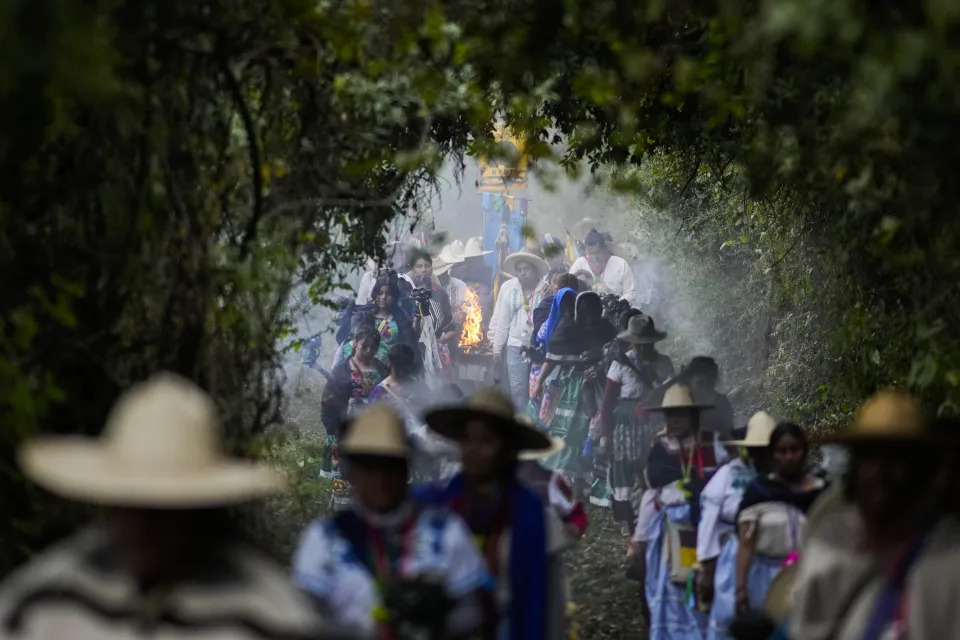
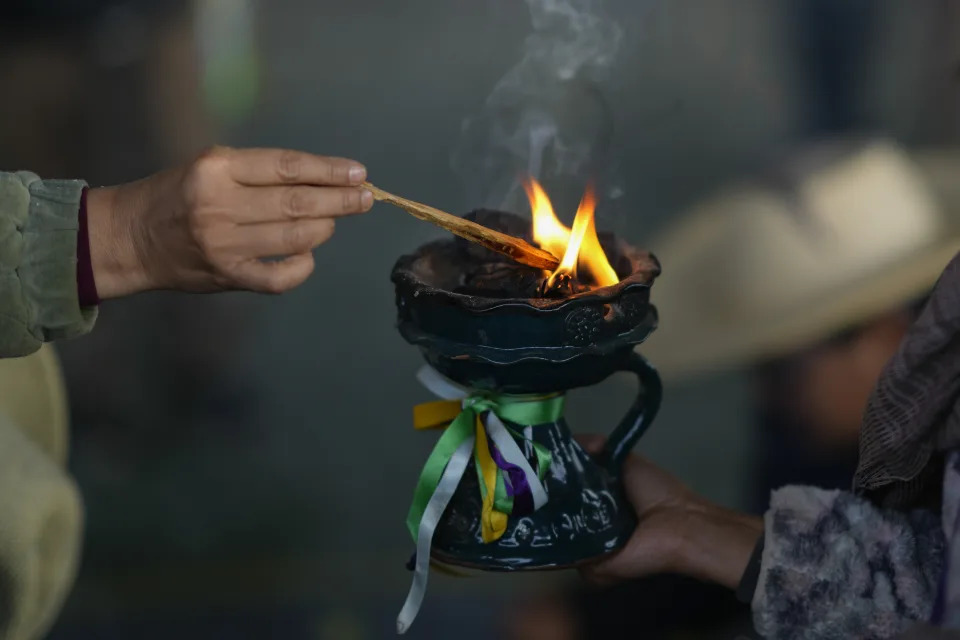
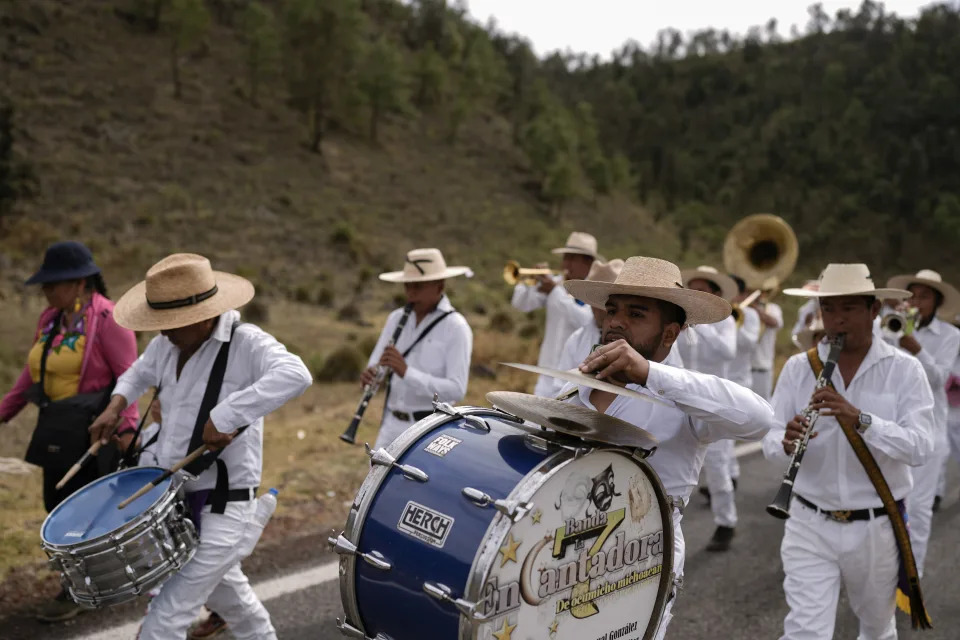
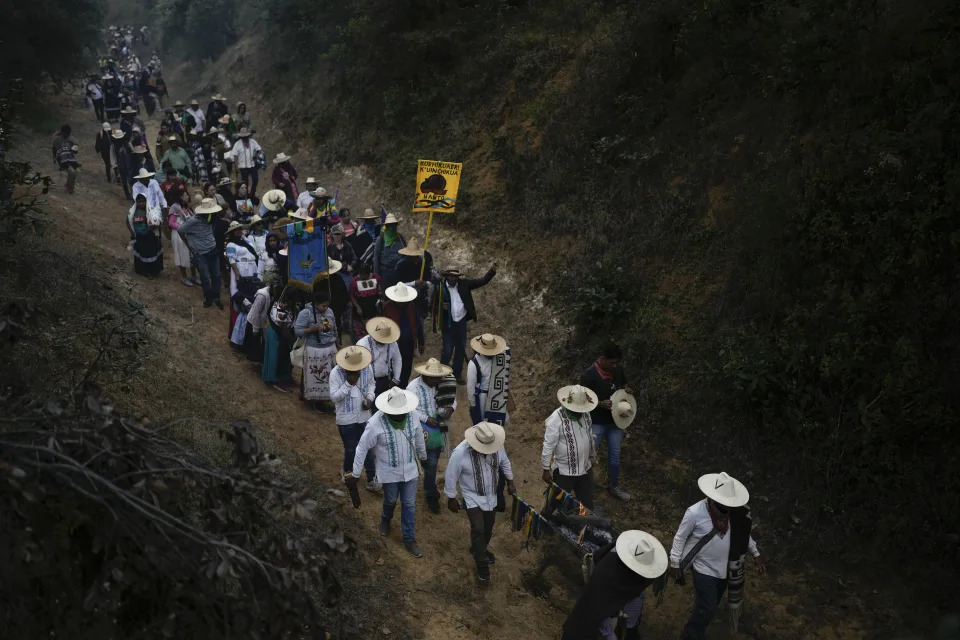
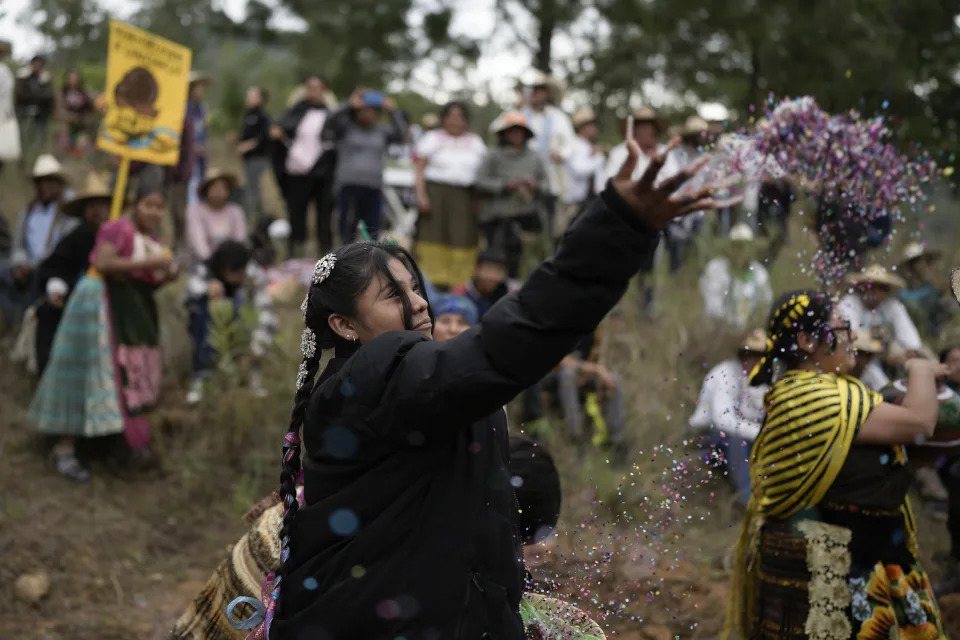
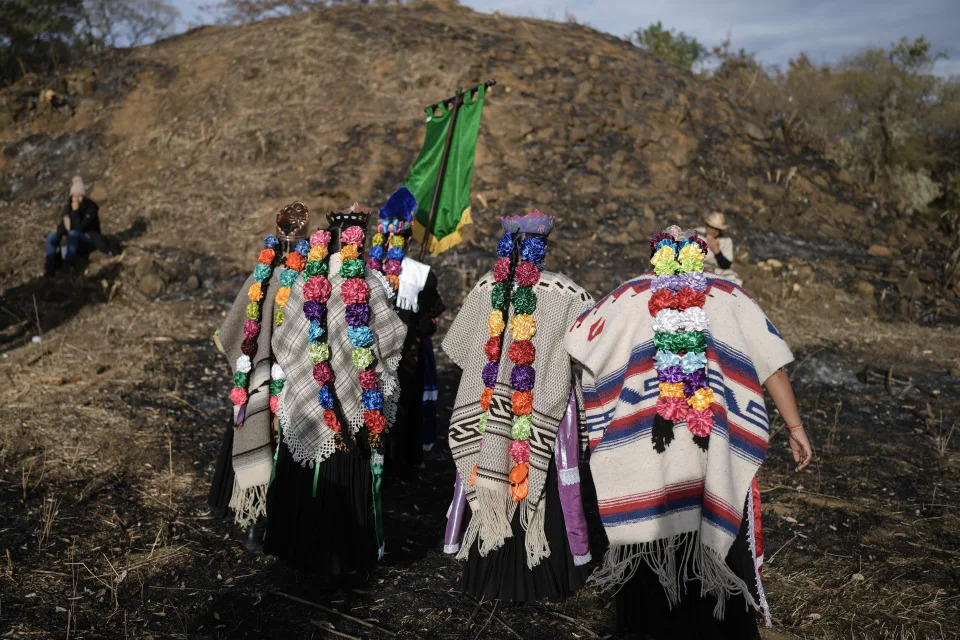
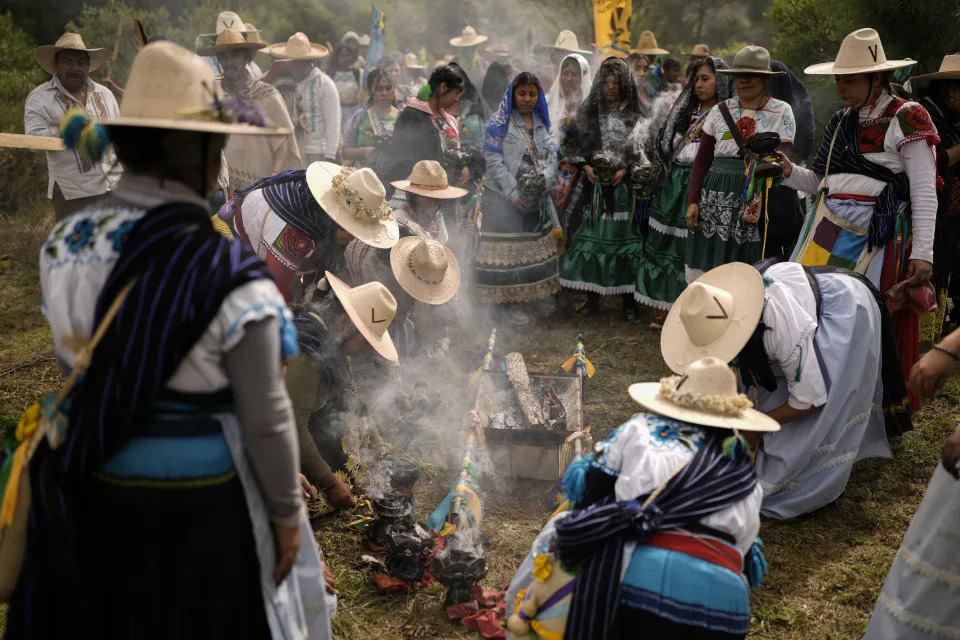
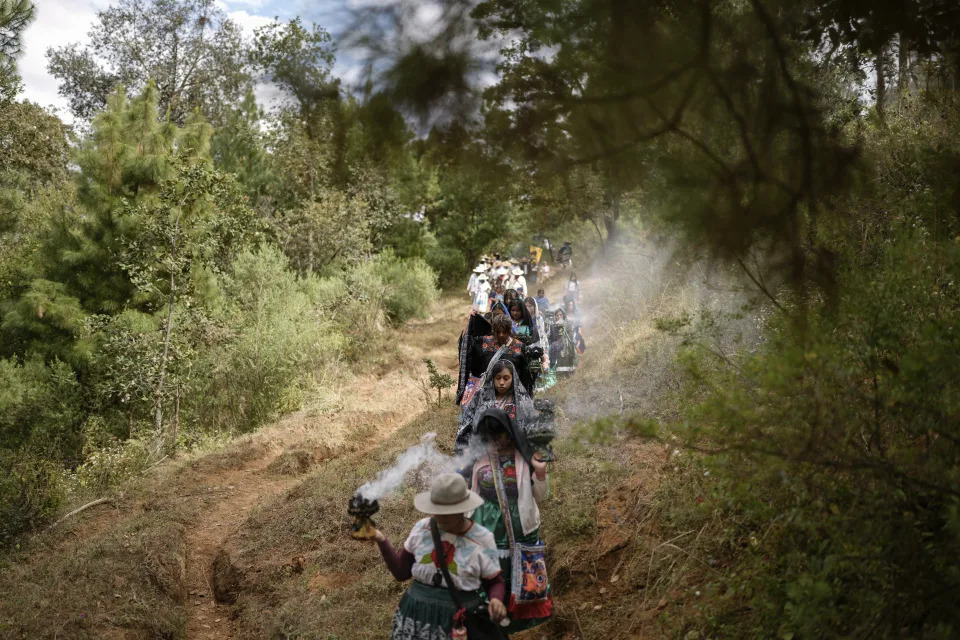
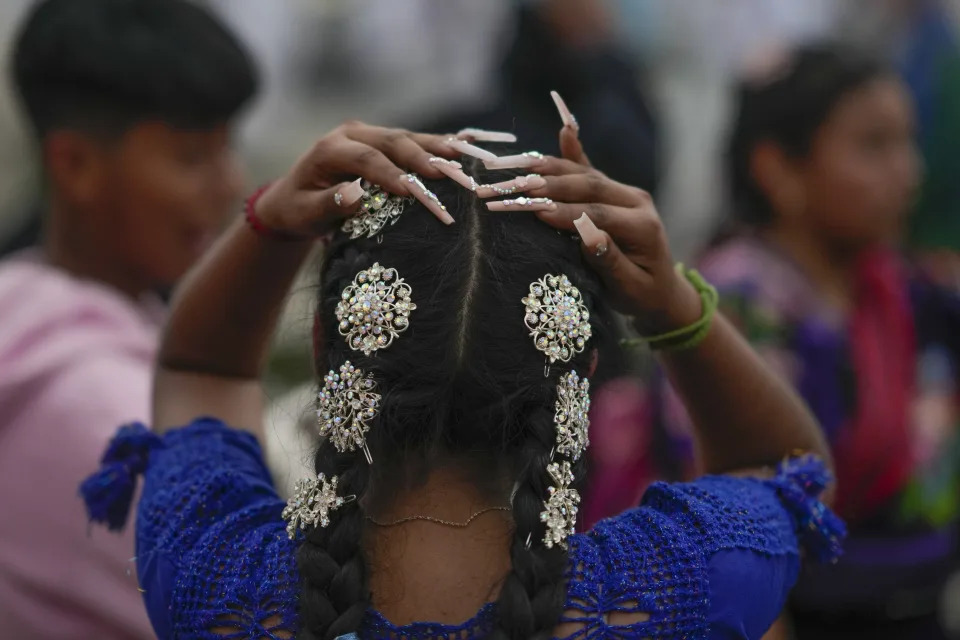
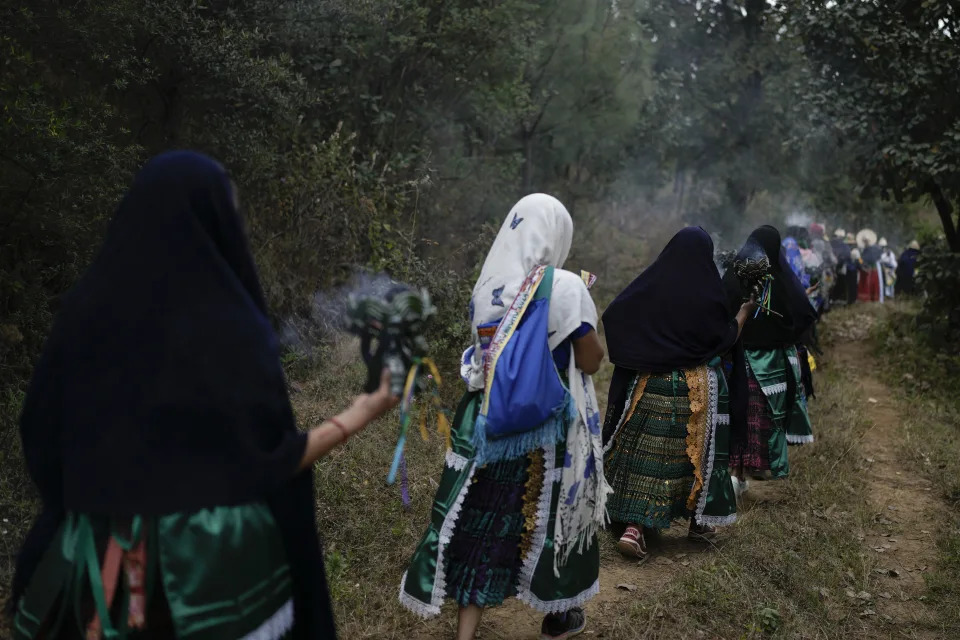
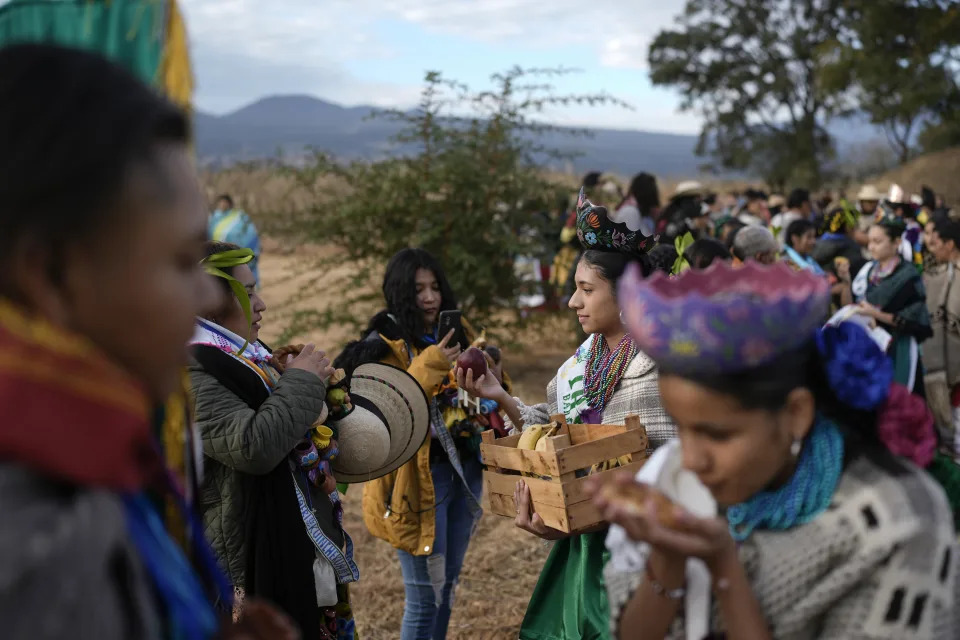
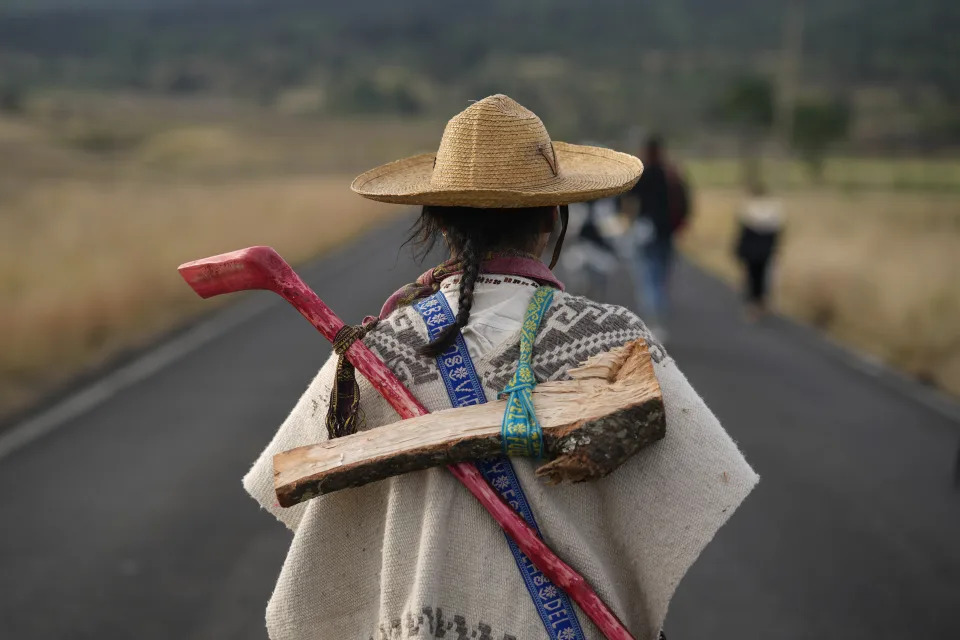
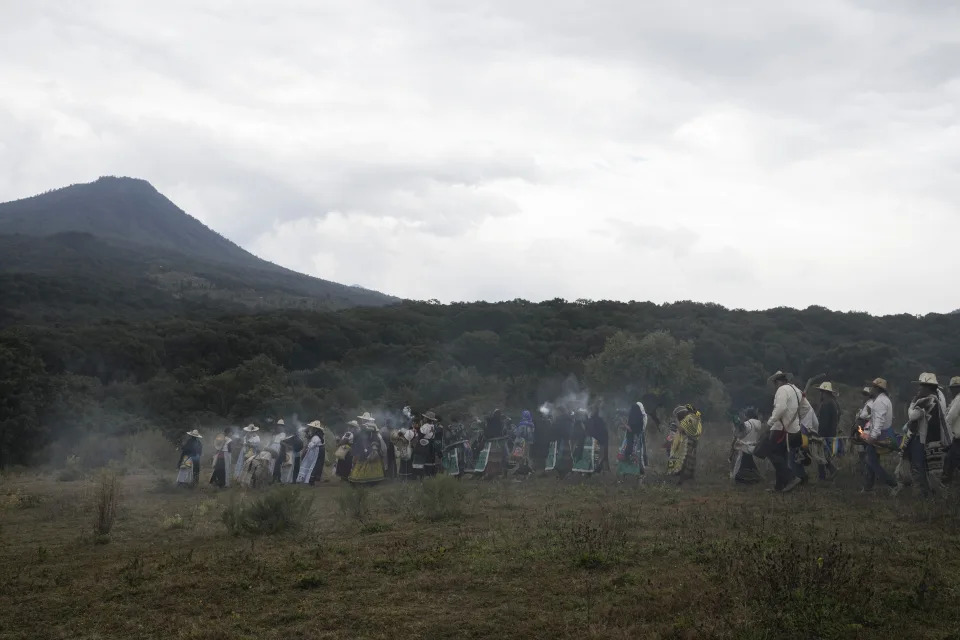
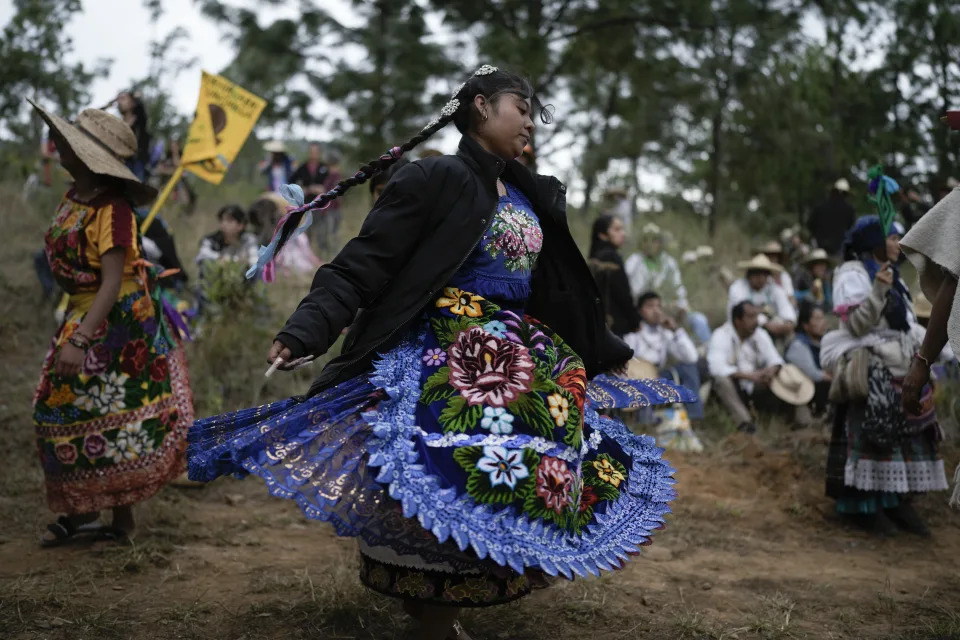
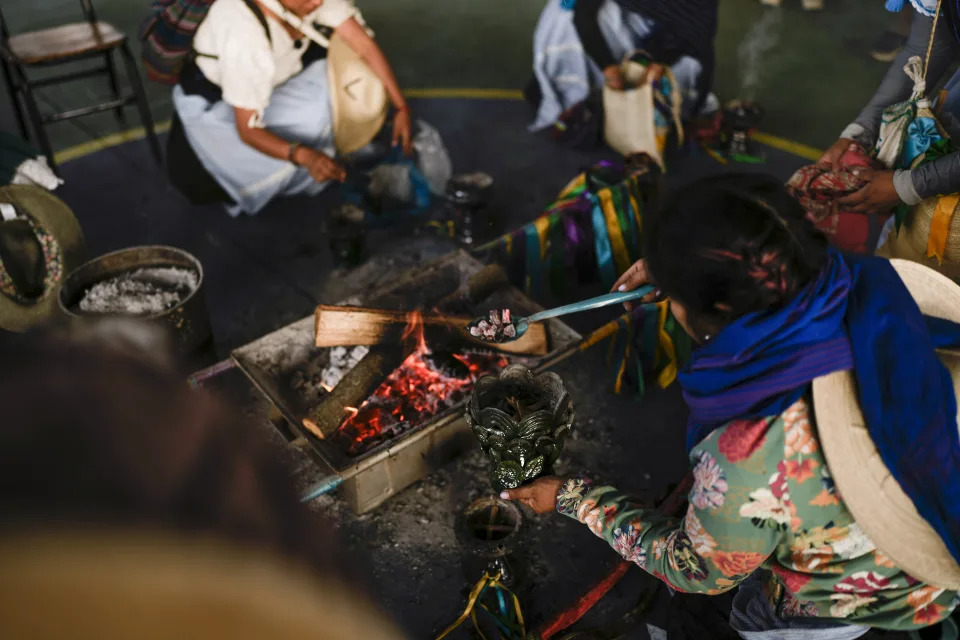
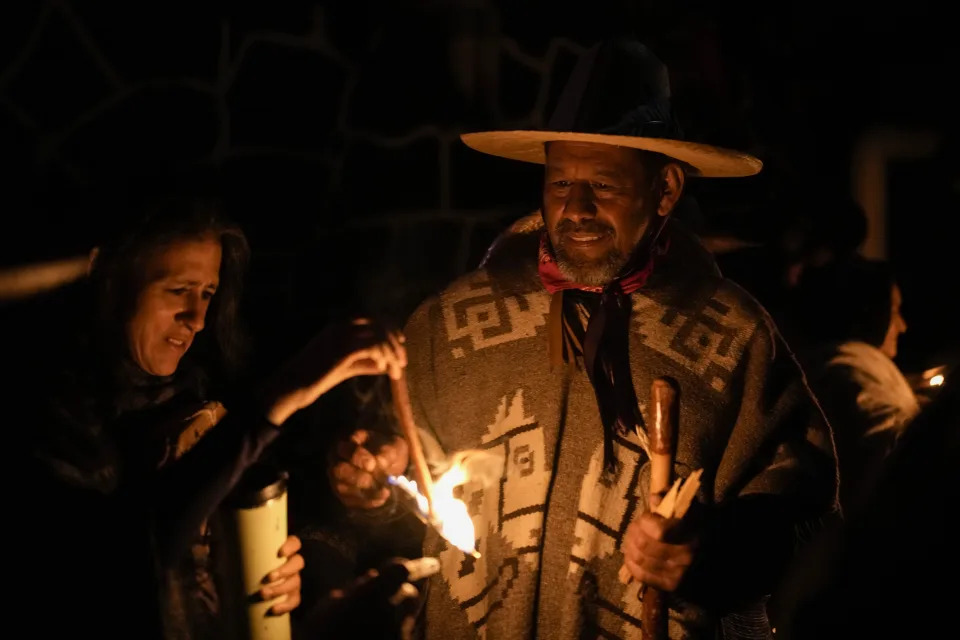
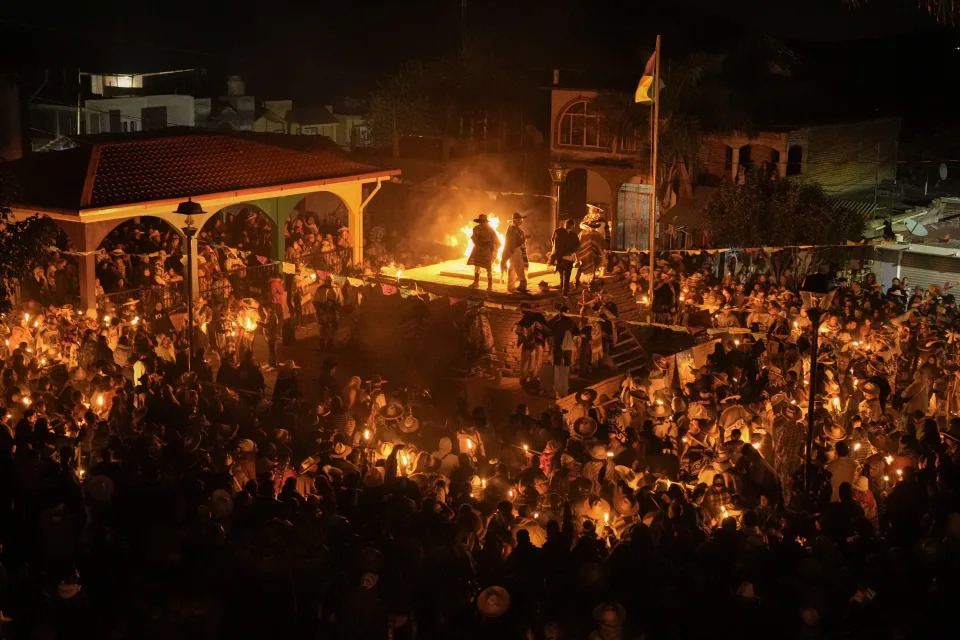
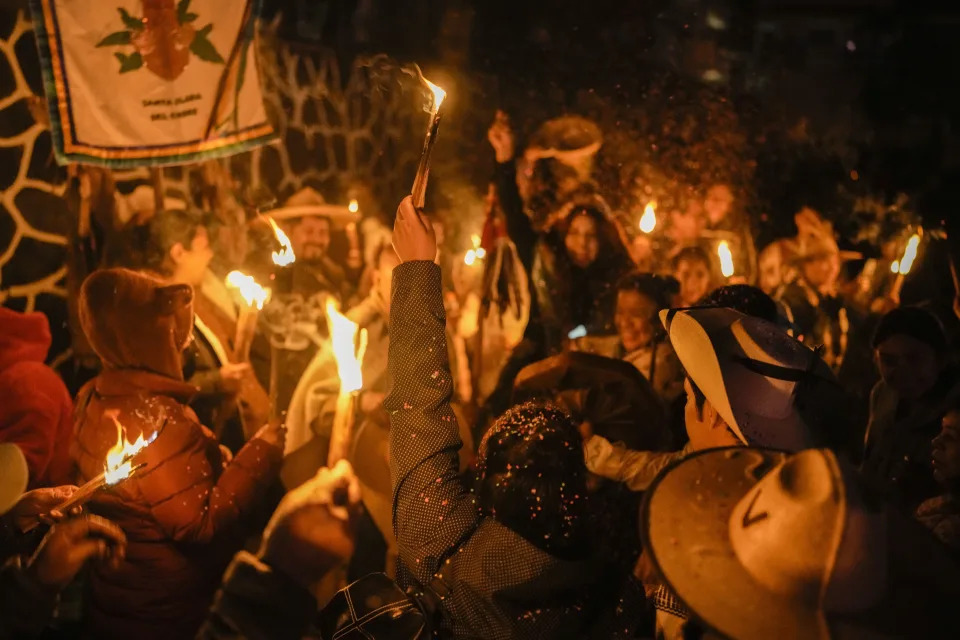
No comments:
Post a Comment